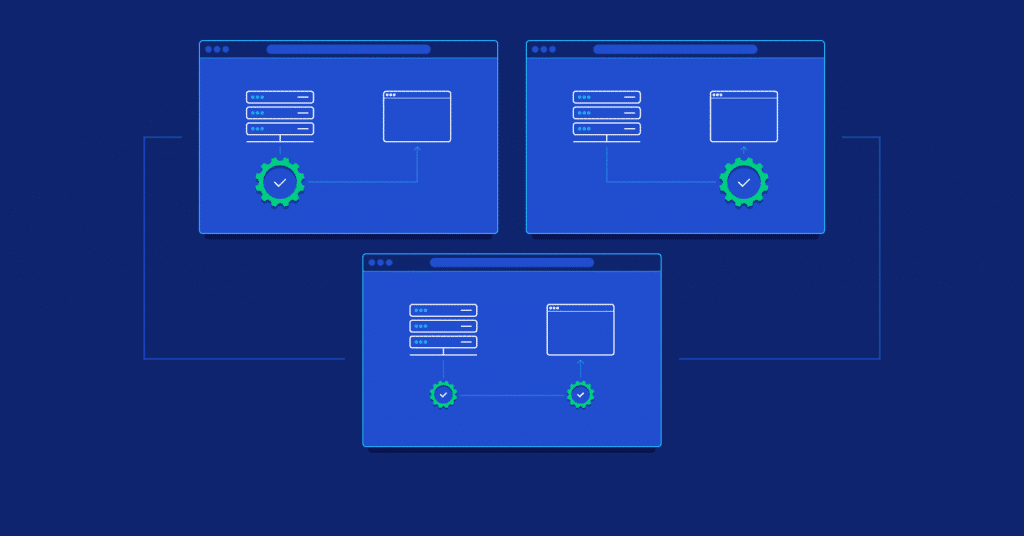The Basics of Server Load
Every online game server has a load, which refers to the amount of computational work it’s handling at a given time. The concept is akin to the amount of traffic on a highway. Just as roads have a capacity, so do servers.
Server load is influenced by numerous factors, including the number of players online, the actions those players are undertaking, the scripts running on the server, and even the underlying hardware and infrastructure of the server itself.
High server loads are not necessarily a bad thing; they can simply indicate a lively, active server. However, issues arise when the server load exceeds its maximum capacity, much like when a highway becomes congested.
How Server Load Impacts Gameplay
The gameplay experience is paramount for any player. A smooth, responsive game can result in hours of enjoyment, while a laggy, unpredictable server can frustrate players.
When a server is overloaded, several issues can manifest:
- Latency issues: This is commonly referred to as ‘lag’. Actions are delayed, making gameplay feel sluggish.
- Connection drops: Players might find themselves suddenly disconnected.
- Graphics and audio glitches: Overloads can cause erratic game behavior.
- Limited interactivity: The game might not register certain actions, diminishing player immersion.
These issues can severely diminish the player’s experience, leading them to abandon the server or the game altogether.
Strategies for Balancing Player Traffic
Balancing server load is essential for maintaining an optimal player experience. Here are some strategies:
- Opt for Scalable Hosting: Cloud-based hosting can dynamically allocate resources based on demand.
- Limit Player Count: Set a maximum number of players to ensure the server doesn’t become overwhelmed.
- Optimize Game Scripts: Regularly audit and optimize server scripts for efficient performance.
- Scheduled Downtimes: Schedule regular maintenance to ensure the server runs optimally.
- Load Balancers: Use them to distribute incoming game traffic across multiple servers.
- Monitor Server Health: Use tools to keep an eye on server performance, allowing for preemptive actions before issues escalate.

